Spatialising ideas
Lucienne Bestall
A series of projects, workshops, events and residencies at A4 invite practitioners to play out enquiries in our Curatorial Studio, making artistic processes and research visible. – April 9, 2025
How can thinking – with its complexities and subtleties, its false starts and revisions – be drawn out of the mind and into space? That artists more often think by doing offers a privileged view into creative practice, affording insights into their conceptual and material wanderings. This view, however, is largely limited to the studio or otherwise kept out of sight.
Inviting artists to inhabit our Curatorial Studio, working in view of the team, critical friends, and the public, A4 supports and promotes the spatialising of ideas. This drawing out of otherwise unseen processes, while taking its cue from studio practice, extends beyond artists to include invited practitioners engaged in art-adjacent or image-centred research projects.
At times, the ideas made visible at A4 are distilled into discrete presentations; at others, this spatialising is an end in itself, shifting into clarity the more opaque mechanisms of artmaking and -thinking.
Sean O'Toole's Course of Enquiry is a useful example of the former: a research project towards Photo Book! Photo-Book! Photobook! in A4's Gallery, which saw him trace a history of publications across a hand-drawn timeline, the cover of each book photocopied and taped to the wall. This initial chronological strategy was later refined in the exhibition.
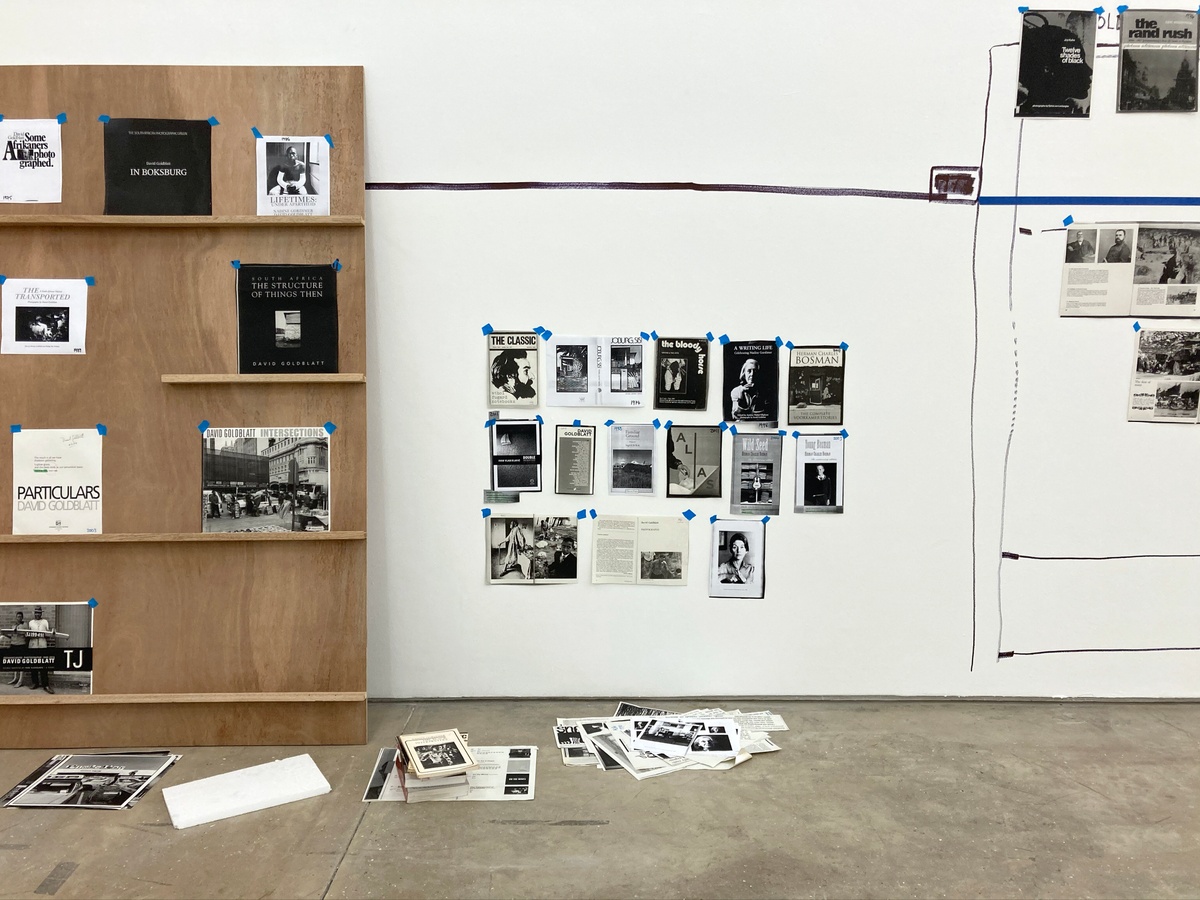
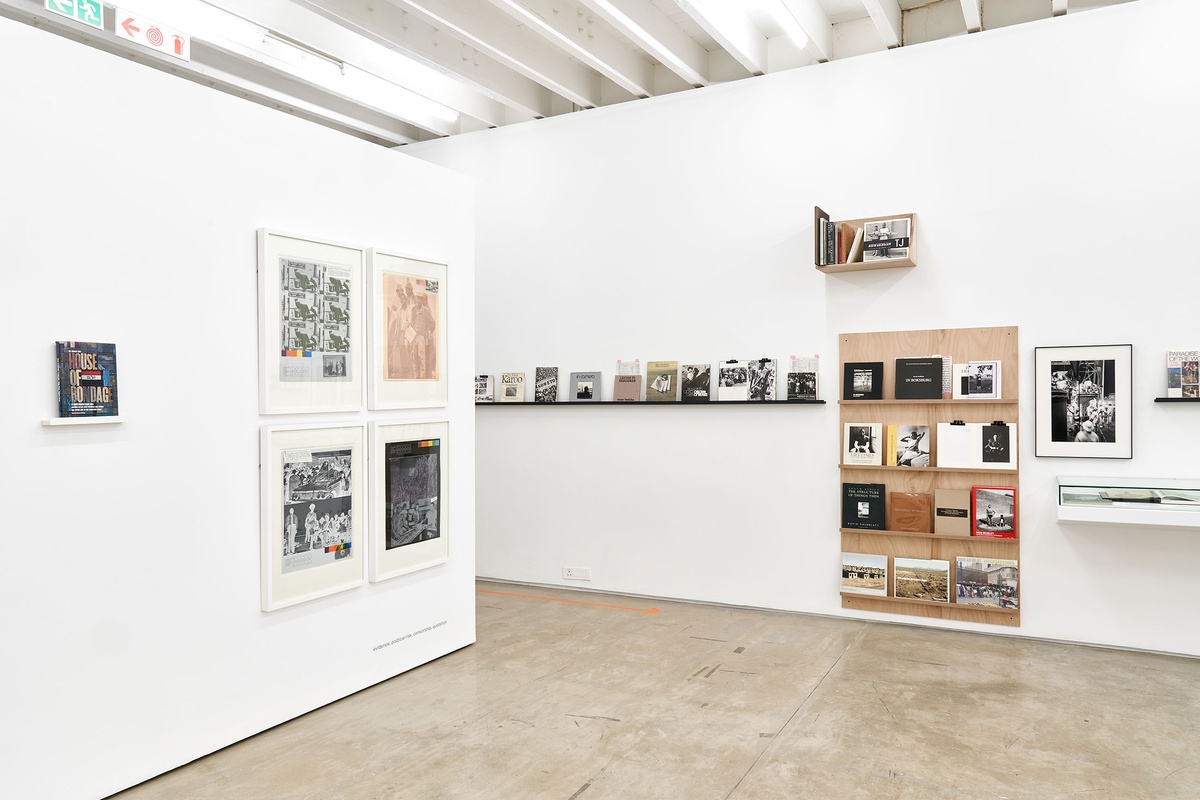
An adjacent example is Moshekwa Langa | How to Make a Book, an iterative project that drew together both an archive of the artist’s work (exhibited in a sequence of four hangs) and a community of critical friends that contributed to an oral history of his practice.
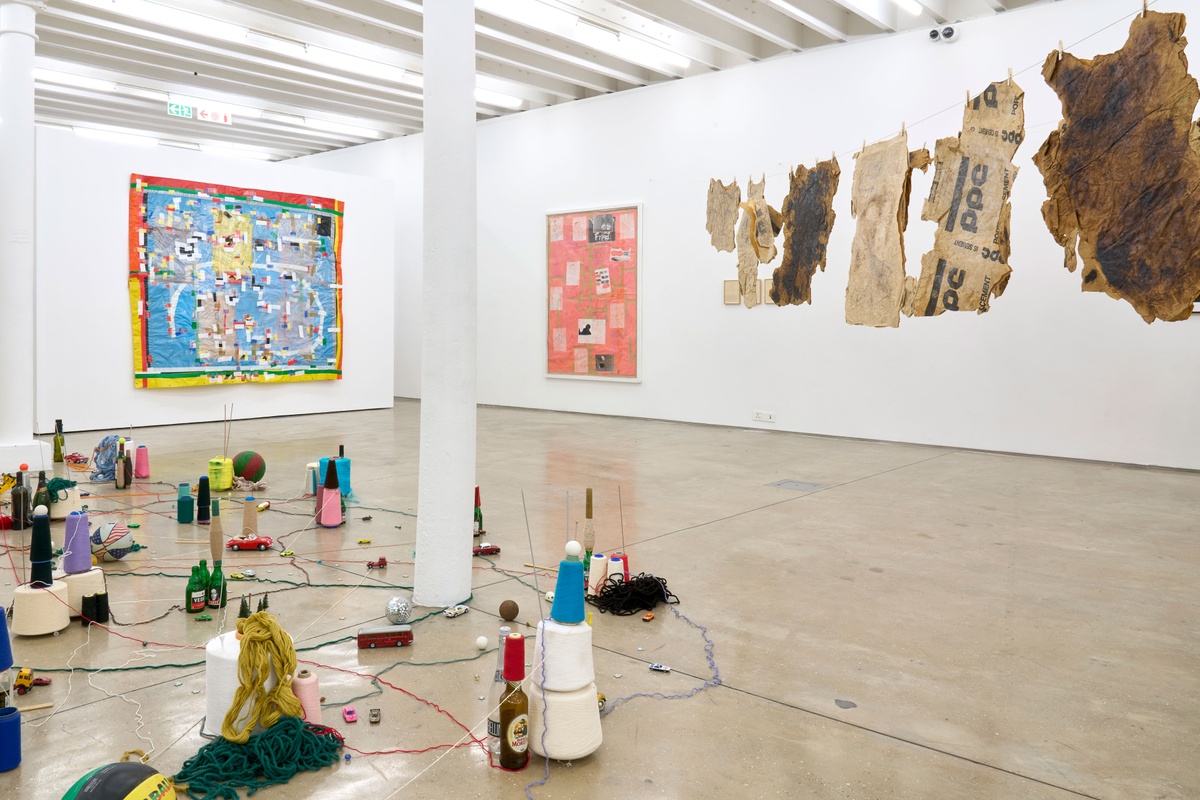
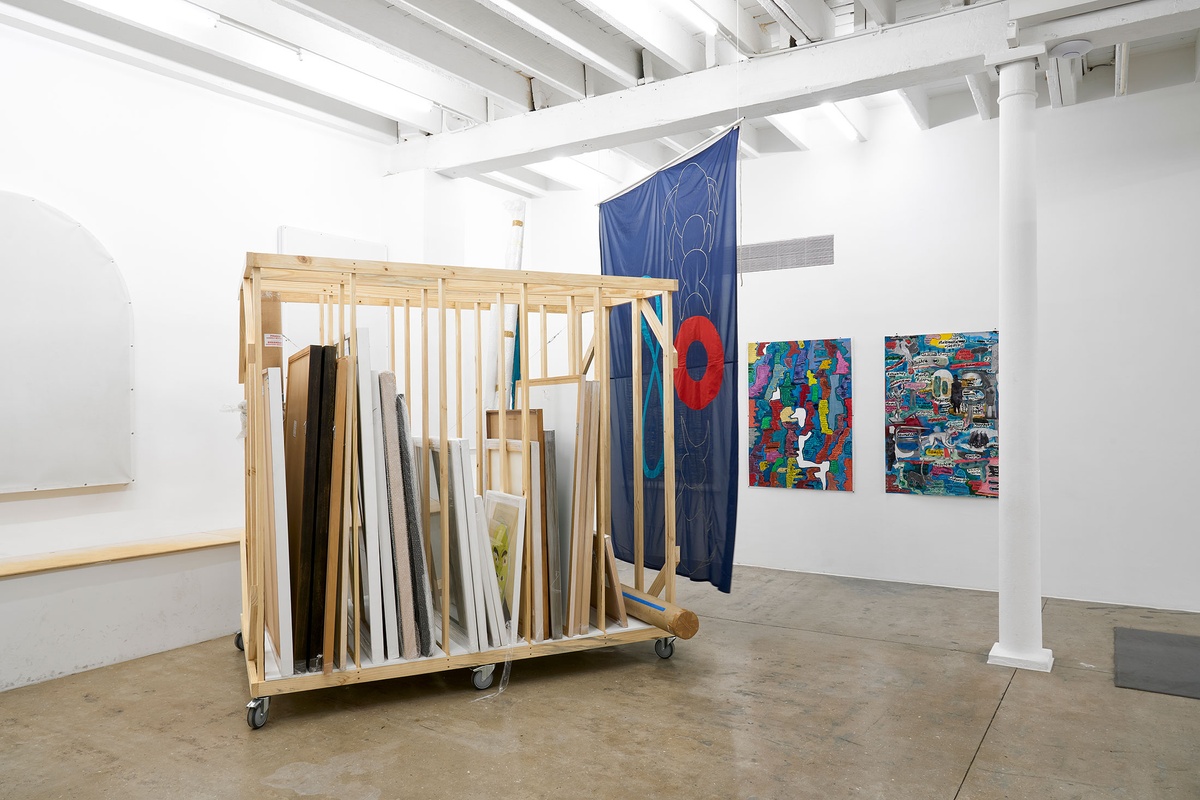
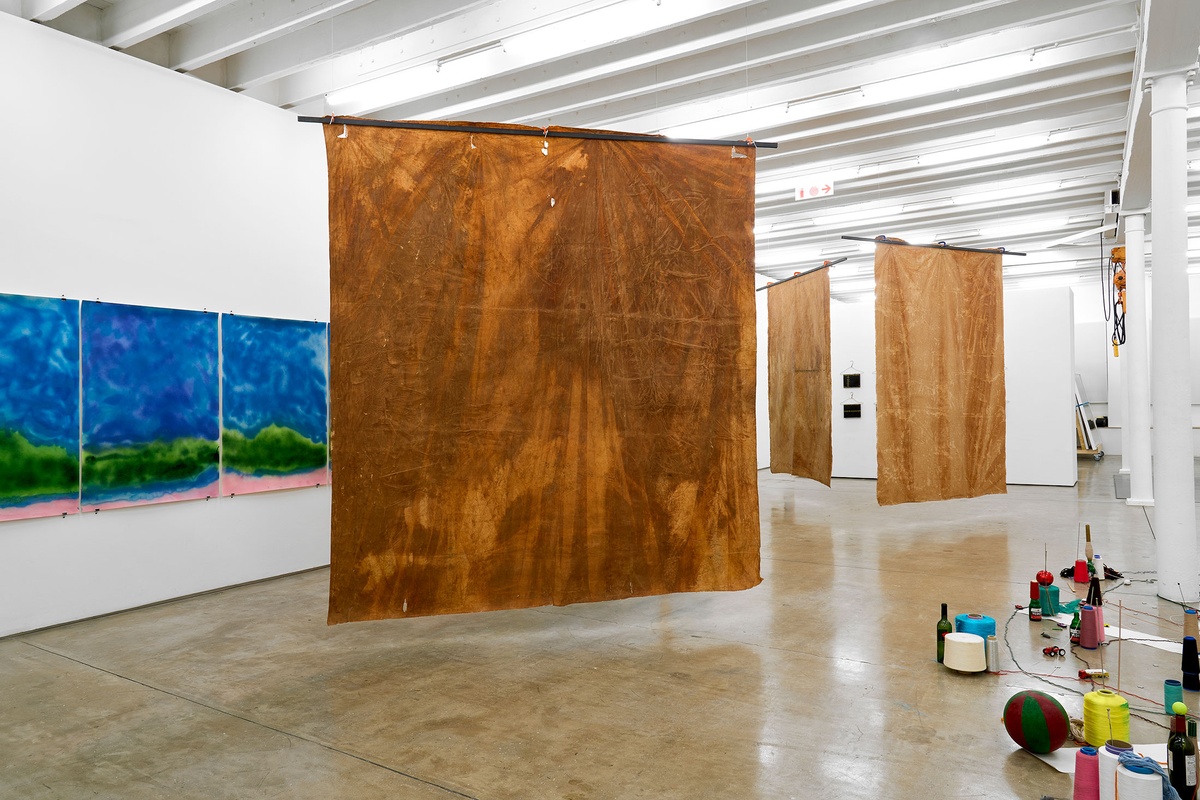
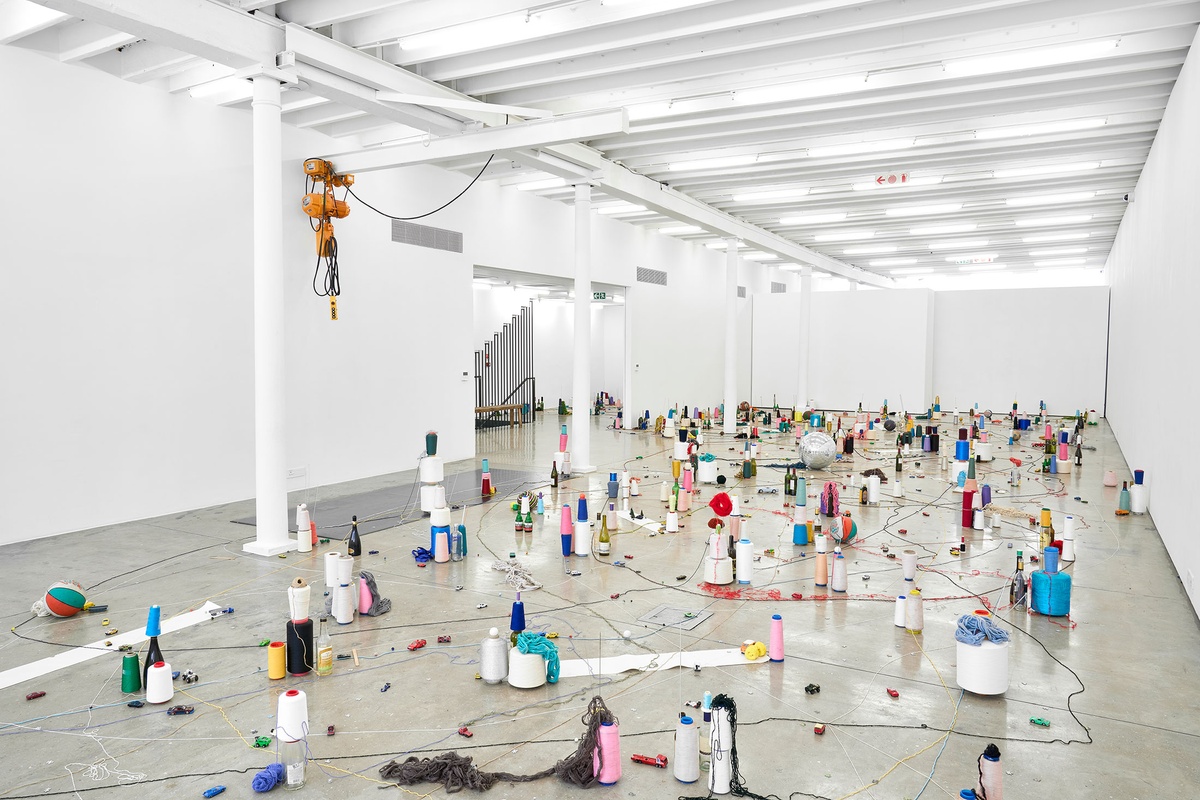
Examples of the latter include engagements that restage the artist's studio in our Gallery. Projects that follow this format include two iterations of Parallel Play, where practitioners worked alongside one another, Kevin Beasley's without a clear discernible image, an exhibition made on site by the artist, and Igshaan Adams' Open Production, a hybrid studio environment.
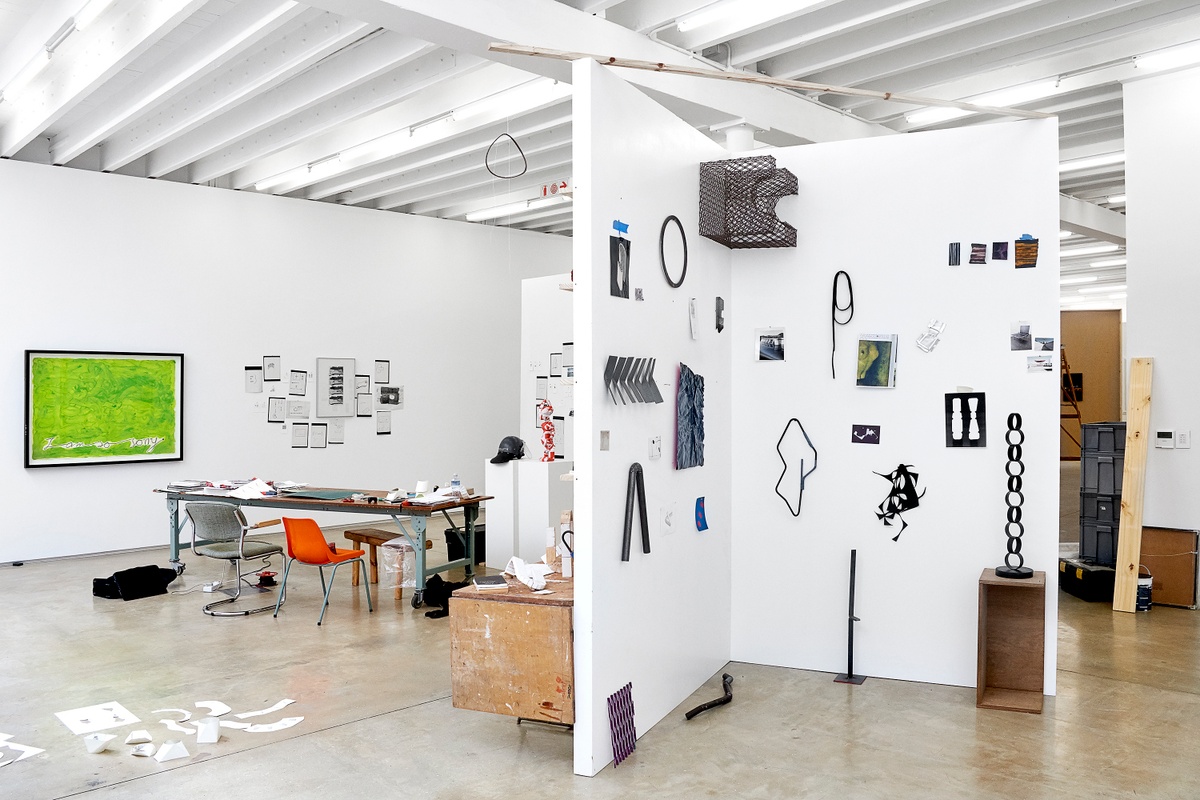
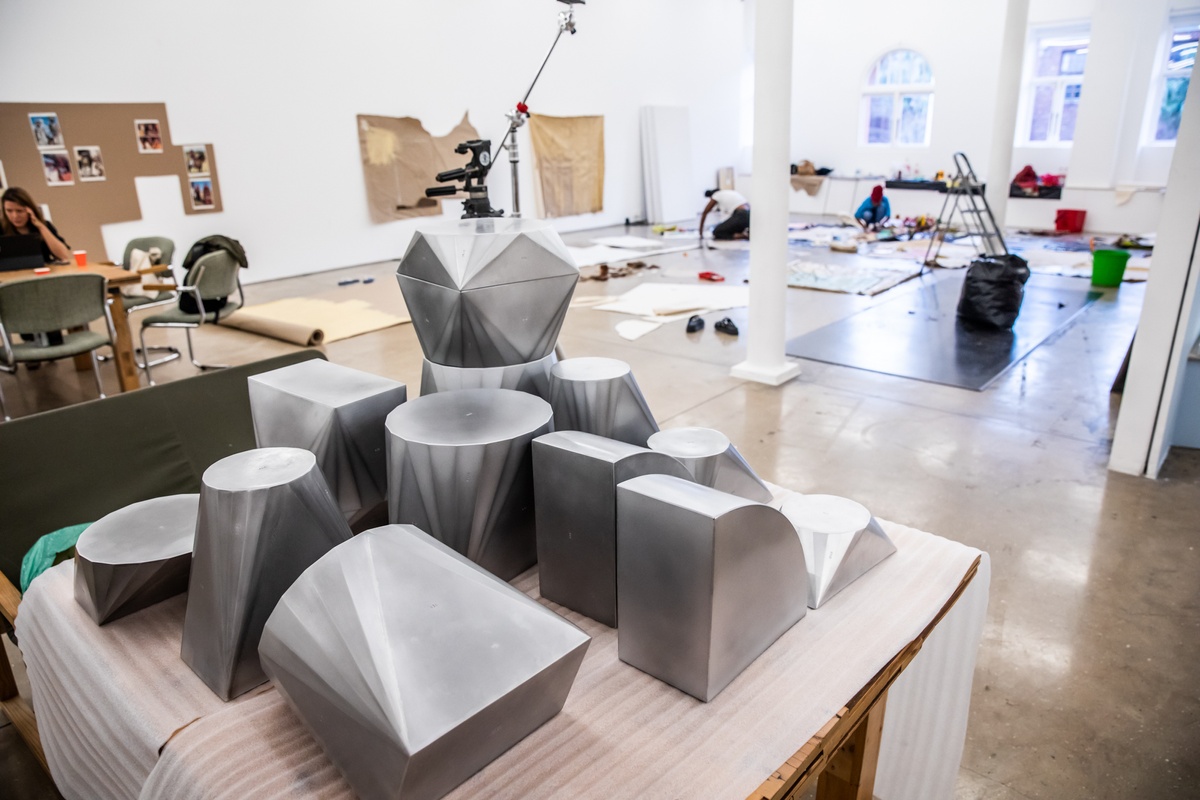
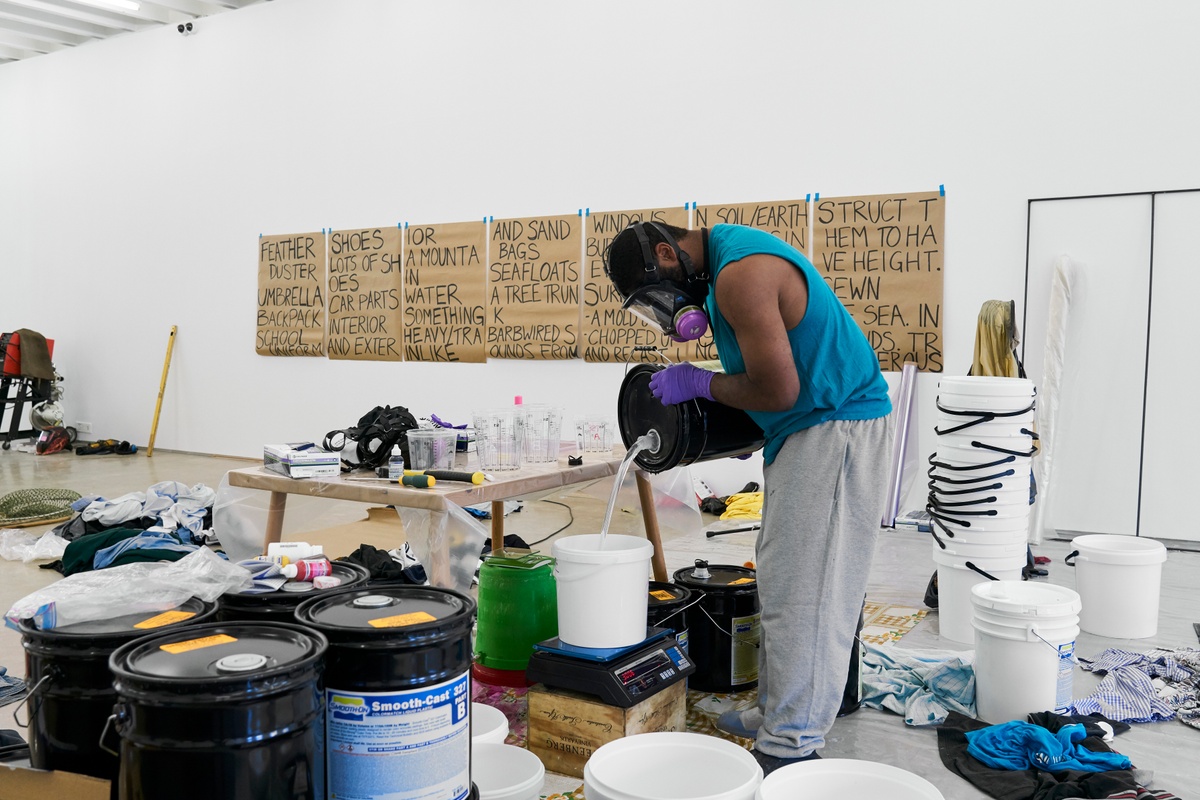
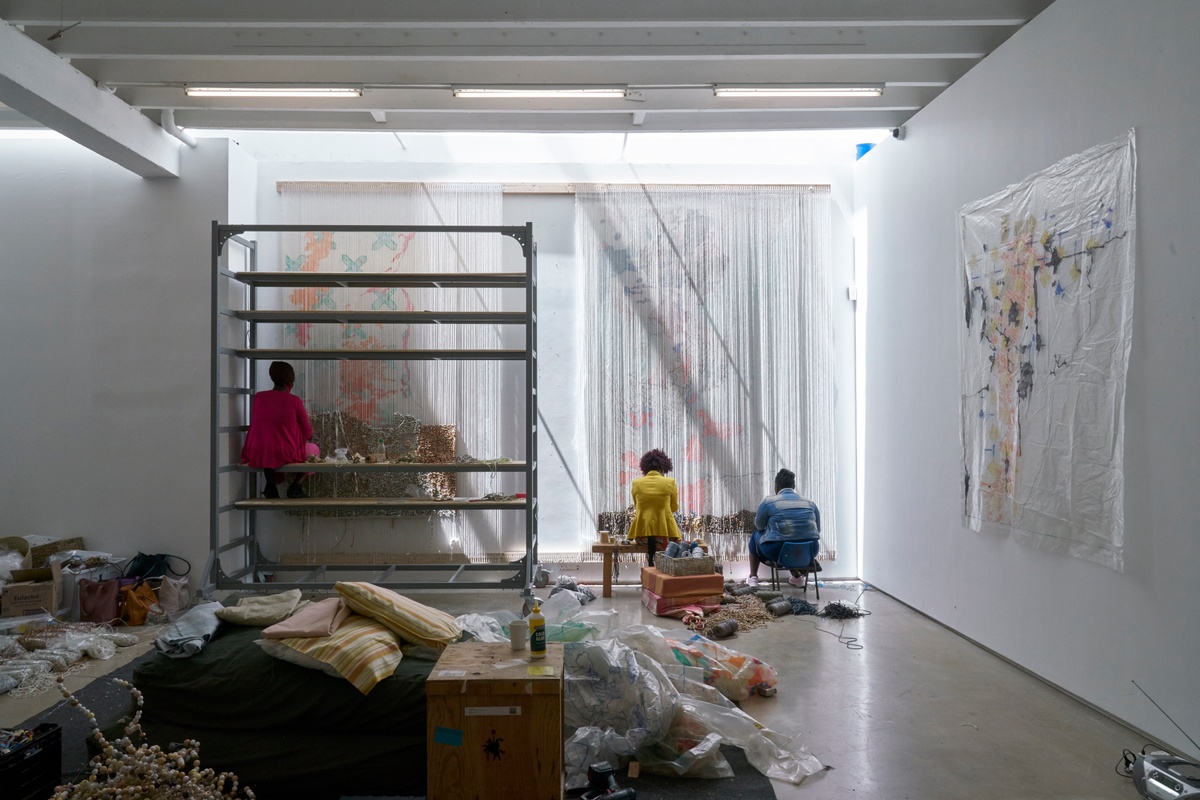
Other practitioners use the space afforded by our Curatorial Studio to unpack archives. These include the records and traces related to a given artwork or a past exhibition, as with Christian Nerf's Polite Force or the DadaSouth? workshop.
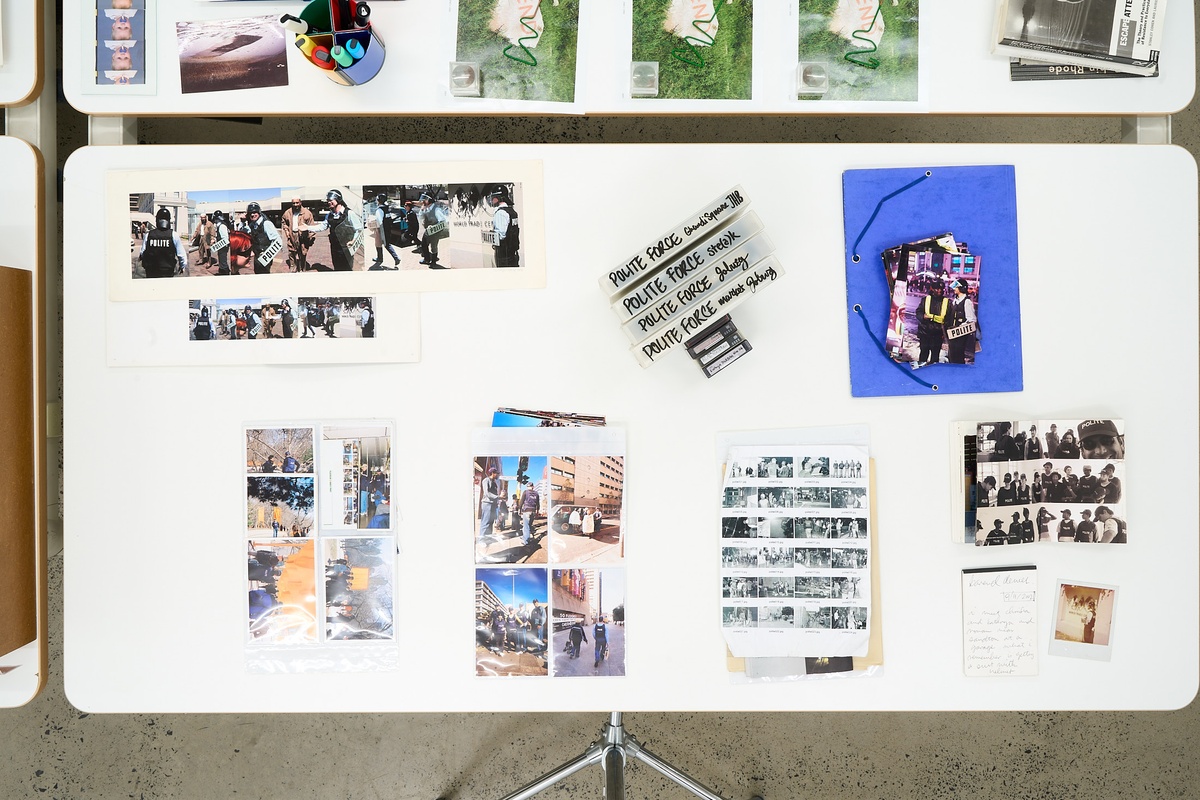
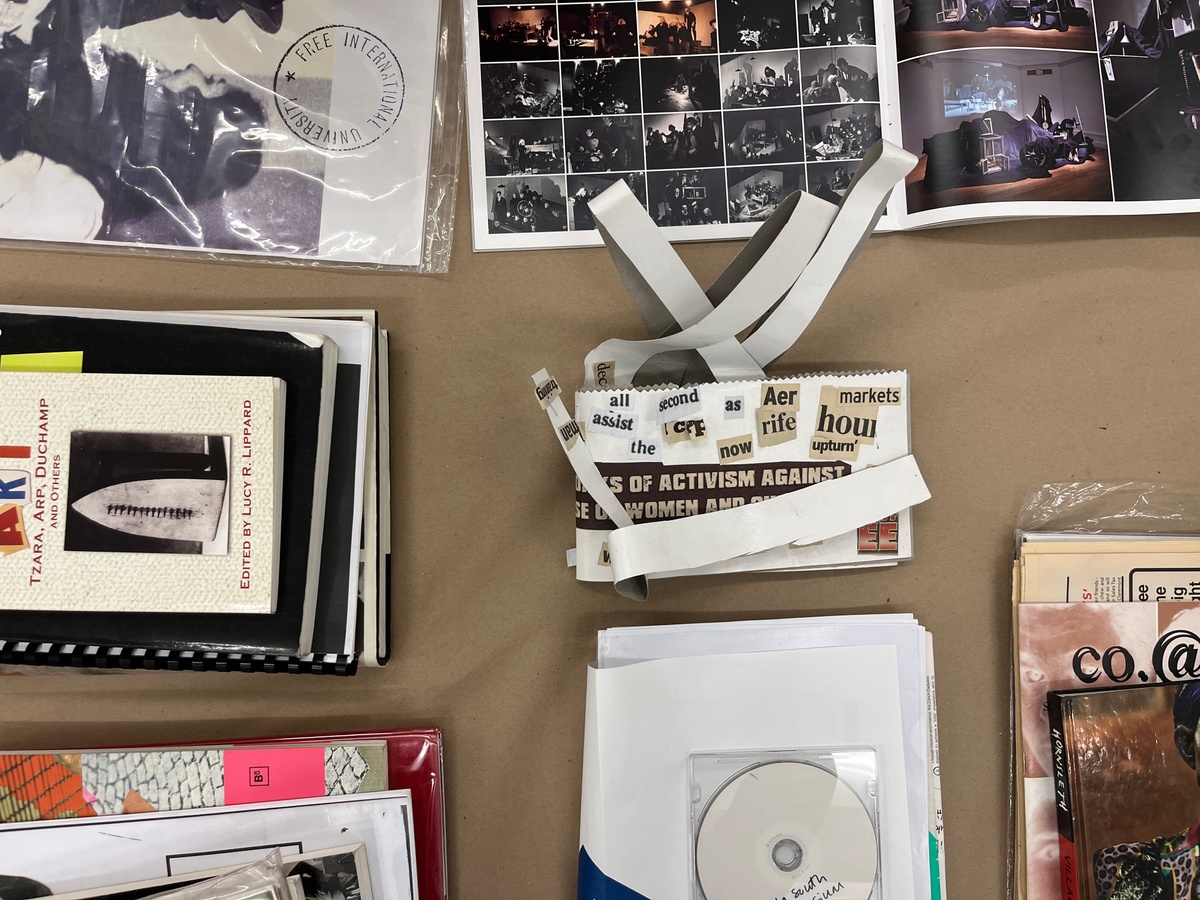
Such unpackings might ask after inherited collections, like those of the Dendrological Society of South Africa (of which Michael Tymbios became the unintended custodian) and the acquisition of art world-related ephemera by A4’s Library –
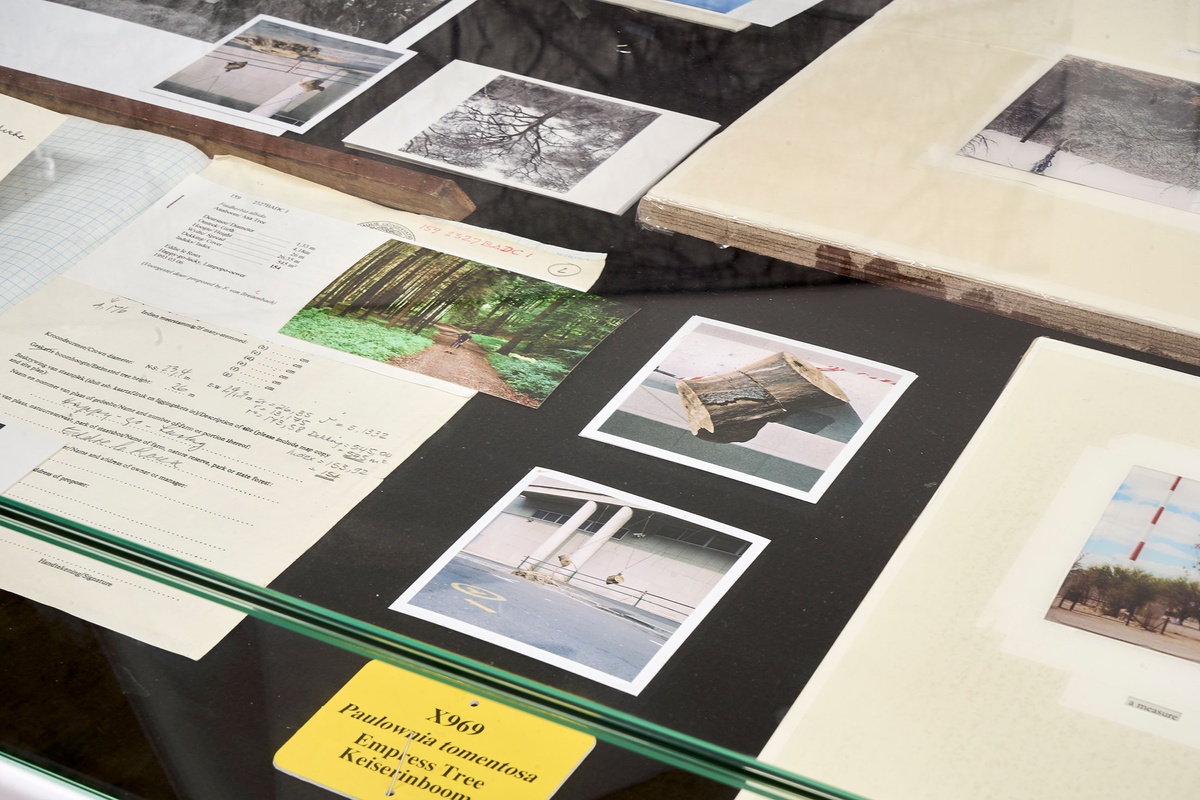
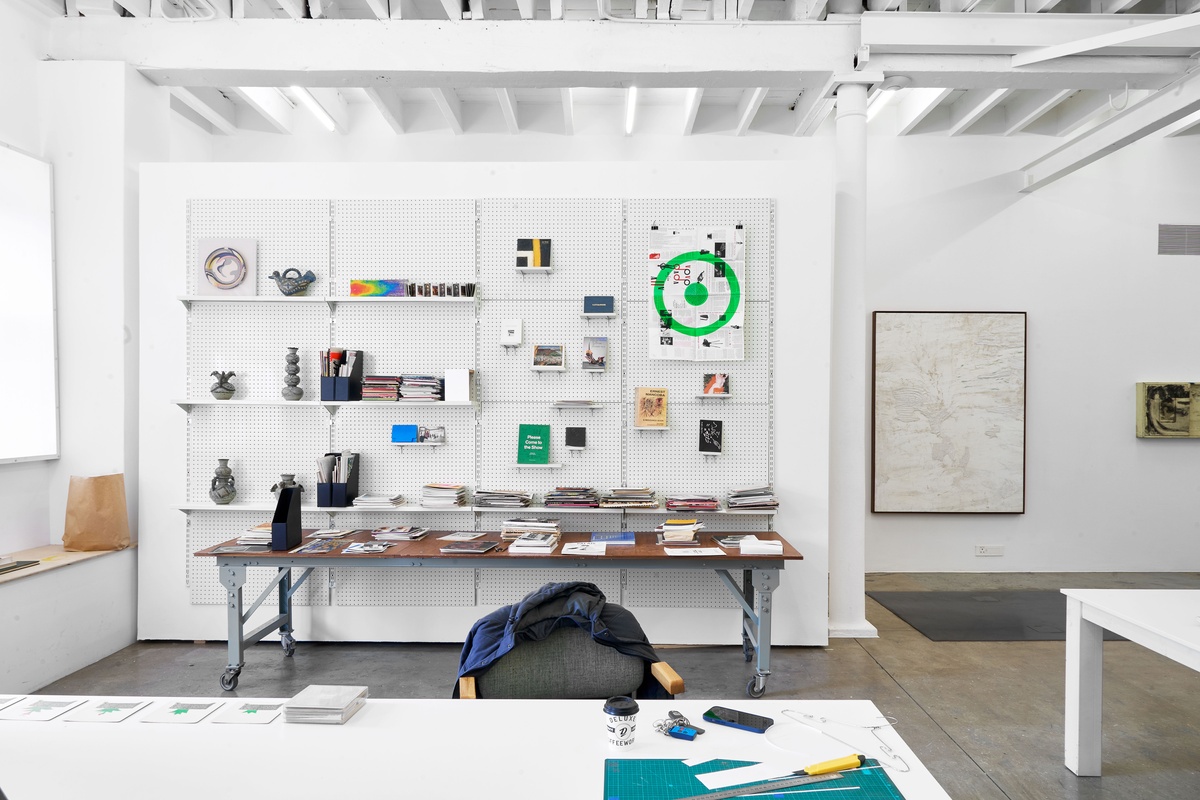
Or offer artists the opportunity to reevaluate past and ongoing projects in the round, as with Tommaso Fiscaletti’s Hemel Liggaam and Patrick Waterhouse’s Standard Deviation, both of which played out in the Reading Room.
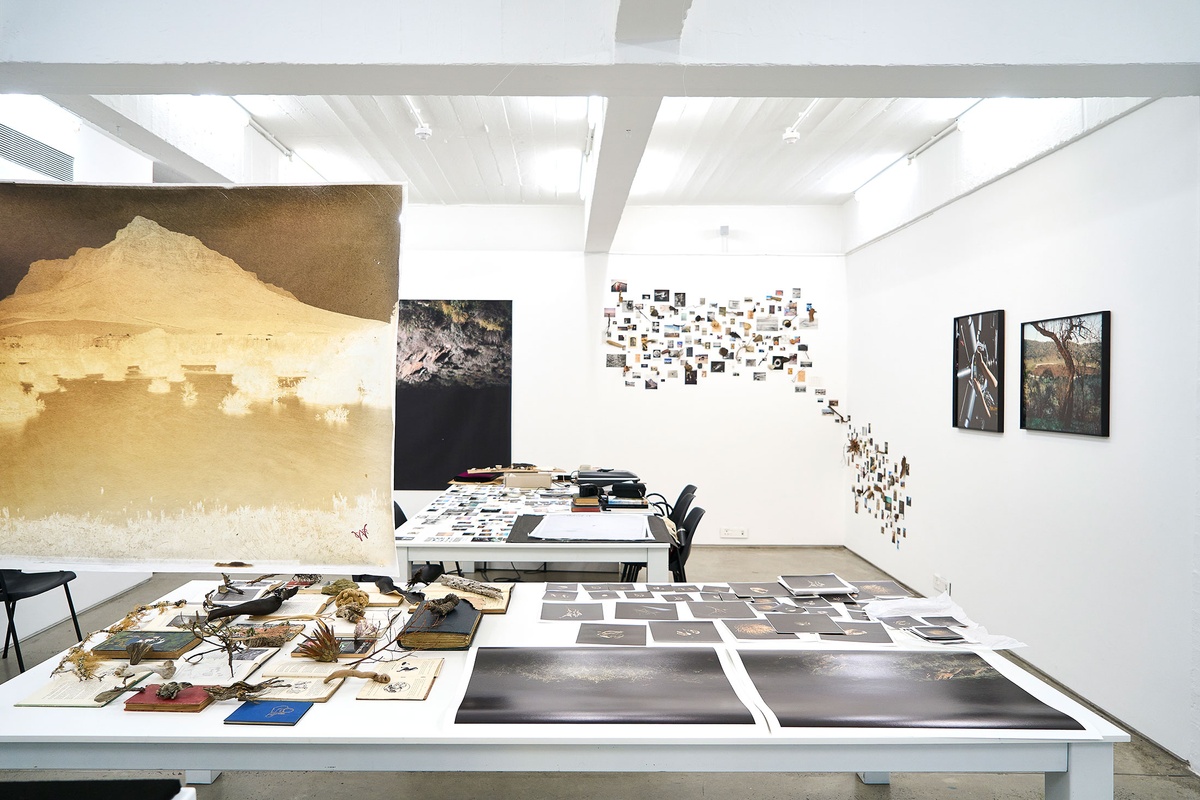
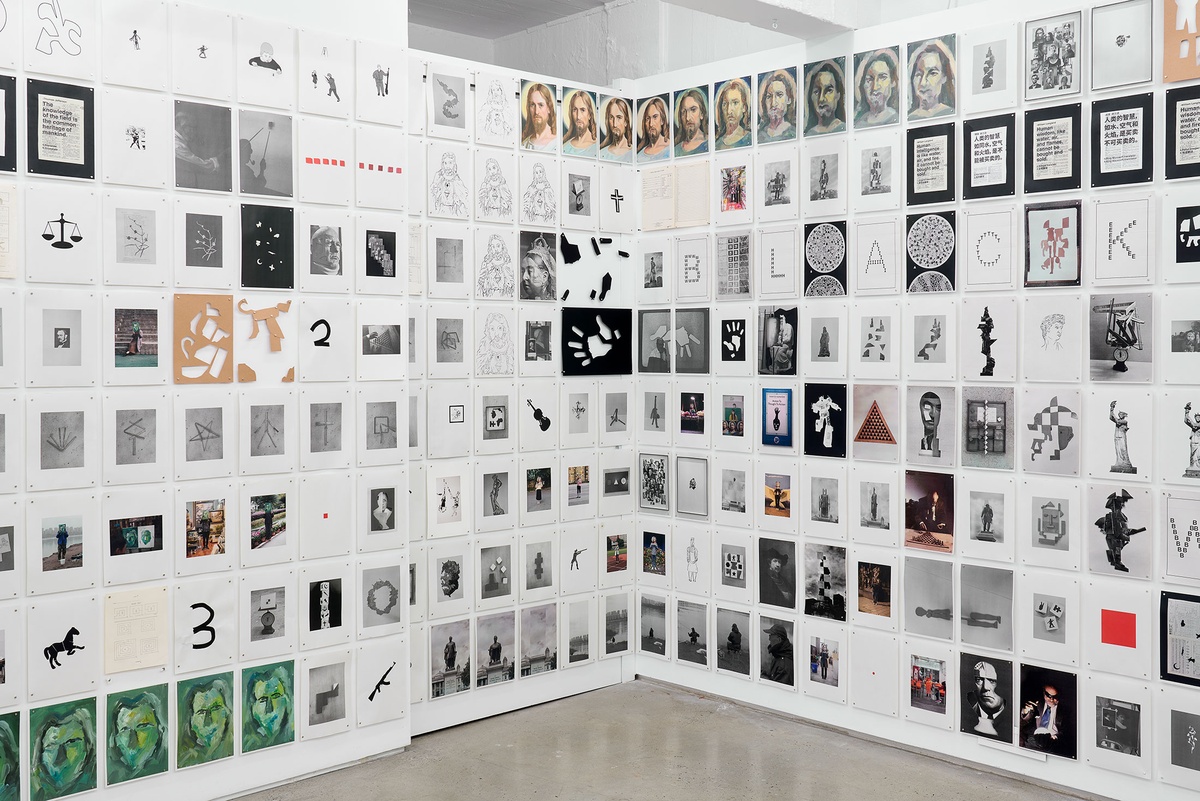
Space can become an unexpected tool in imagining and planning towards a publication, shifting the bound book object and its proposed contents into an expanded view, as with Larry Hamburger's Black Plastic project, also in the Reading Room.
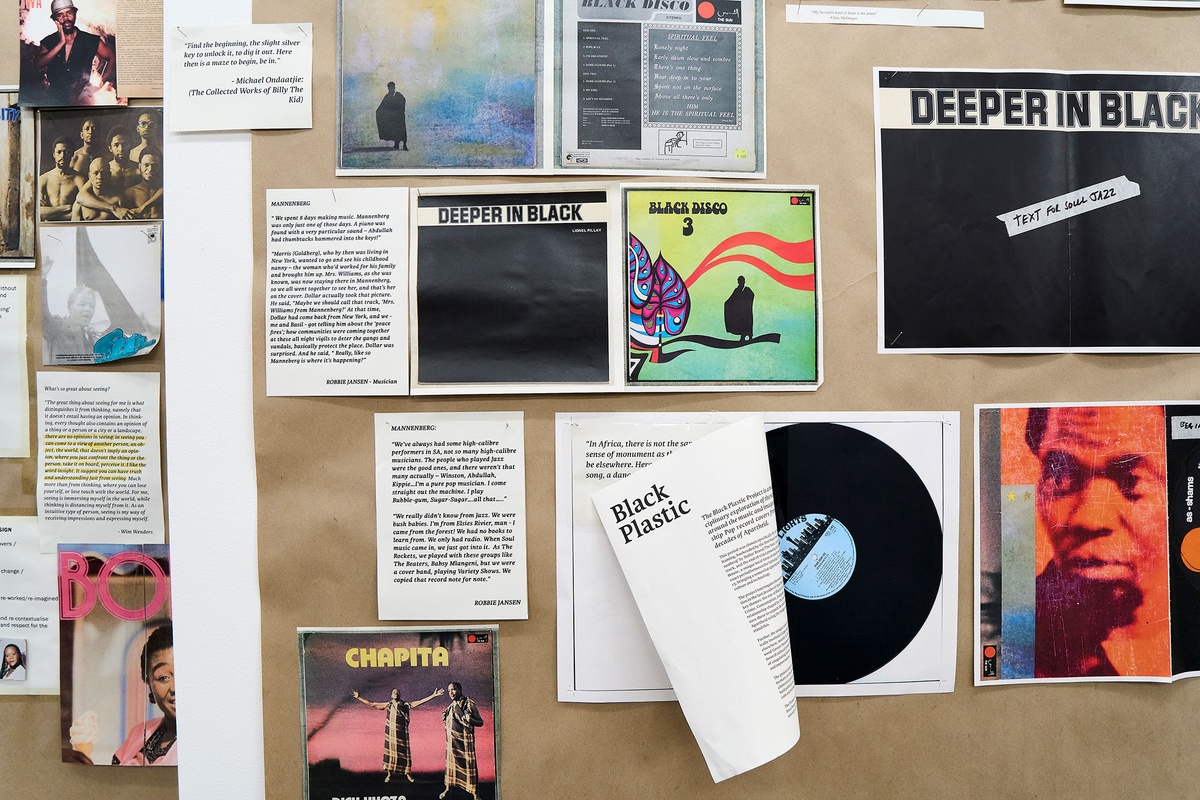
Even those books already published lend themselves to be extended outwards. For the launch of Kim Gurney's Panya Routes, the author's research images were reimagined as objects, cut-out and propped up on a series of shelves as a backdrop to her conversation with Neo Muyanga.
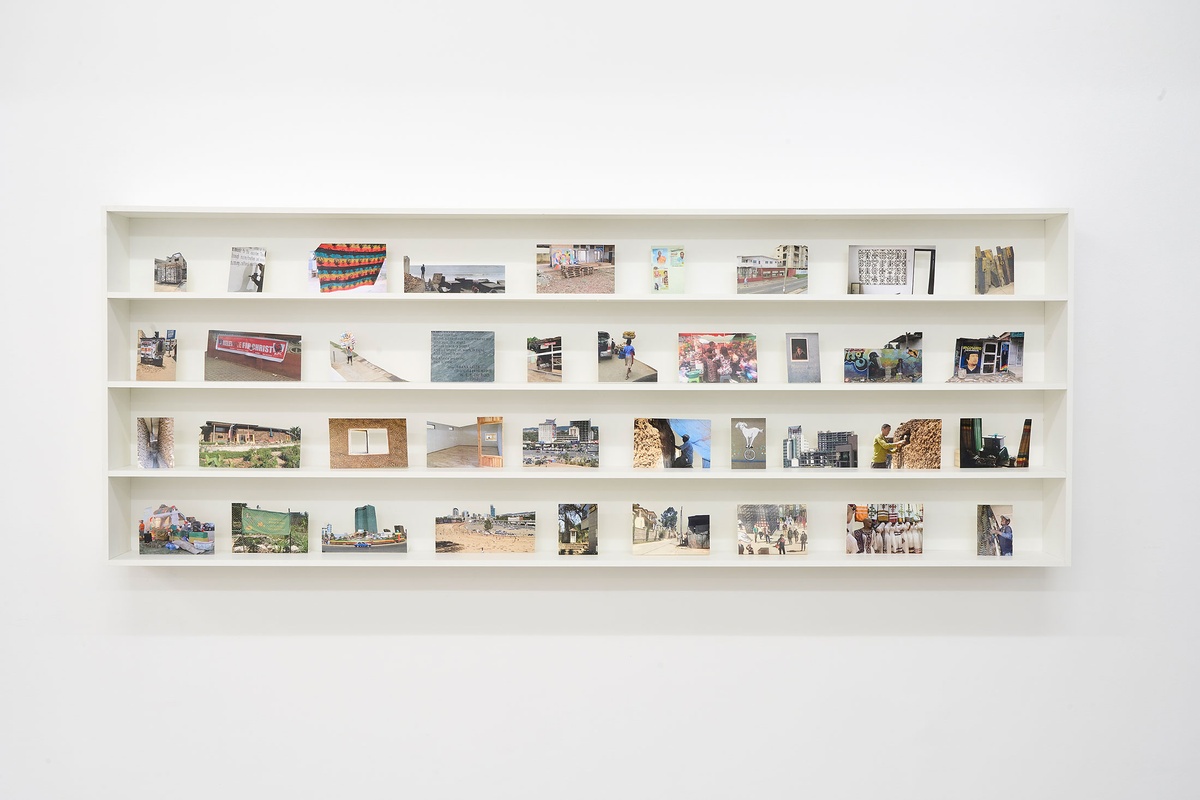
For the launch of ArtThrob: 25 Years of Art Writing in South Africa and Ernest Cole’s reissued House of Bondage, literal projections streamed live from a top-down camera not only magnified the books' contents but offered a physical engagement with the printed form.
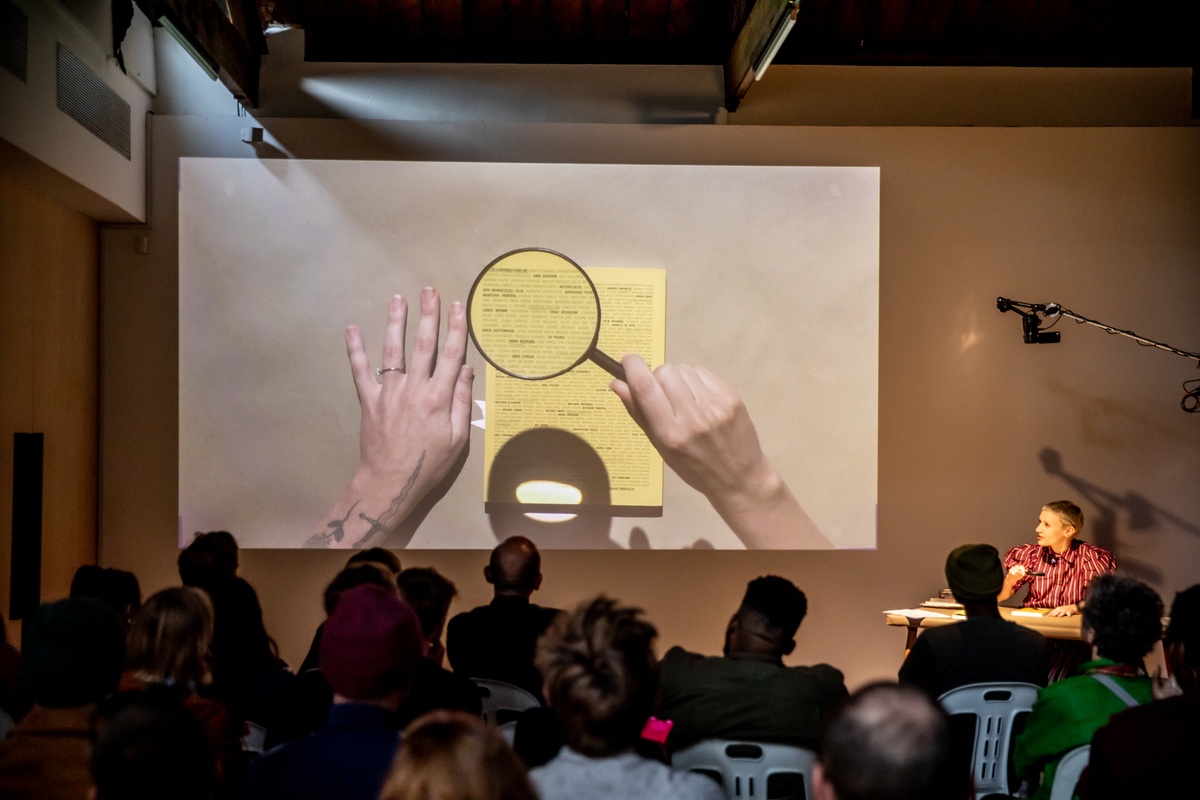
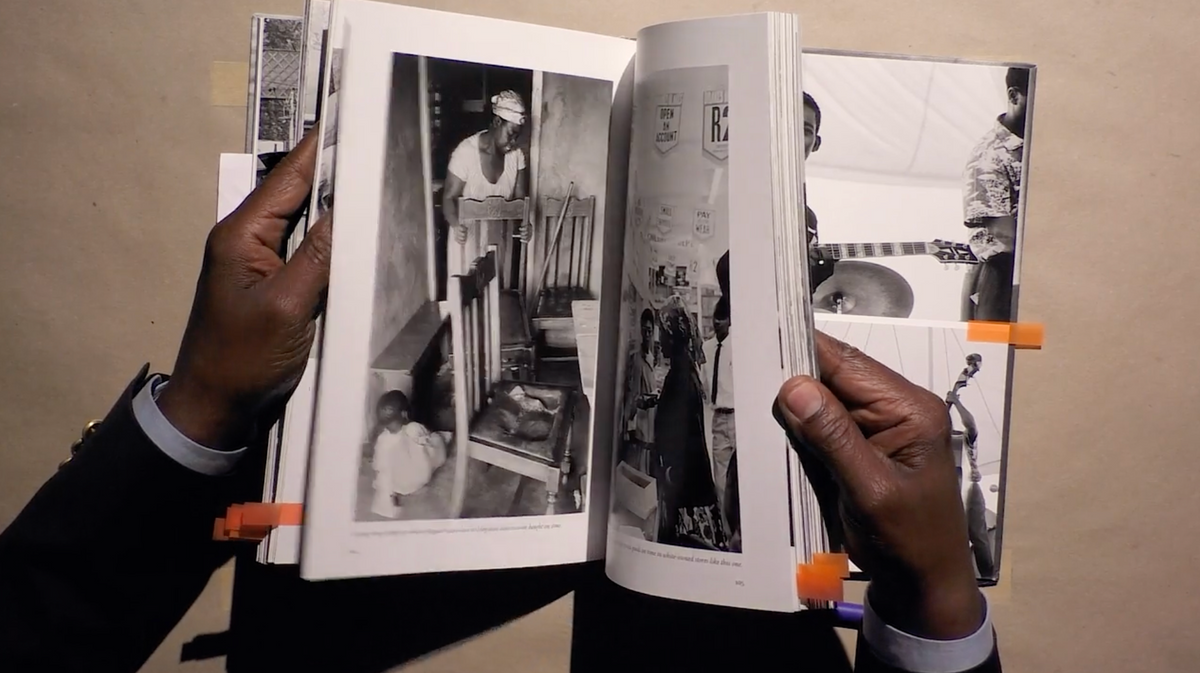
Research more often consigned to digital folders takes on a new texture when it spreads out into space. Being visible, it invites generative discussions and offers 'proof of work', notating time spent ideating and problem-solving. It suggests the breadth and width of a given study and offers an image to an otherwise invisible process.
Take, for example, Lemeeze Davids' research on notebooks in Goods, the form of which – print-outs and handwritten observations – echoed its subject. Coinciding with History on One Leg, a browsable exhibition of Kentridge's studio notebooks, the presence of this research served as a useful primer (or footnote) to visitors.
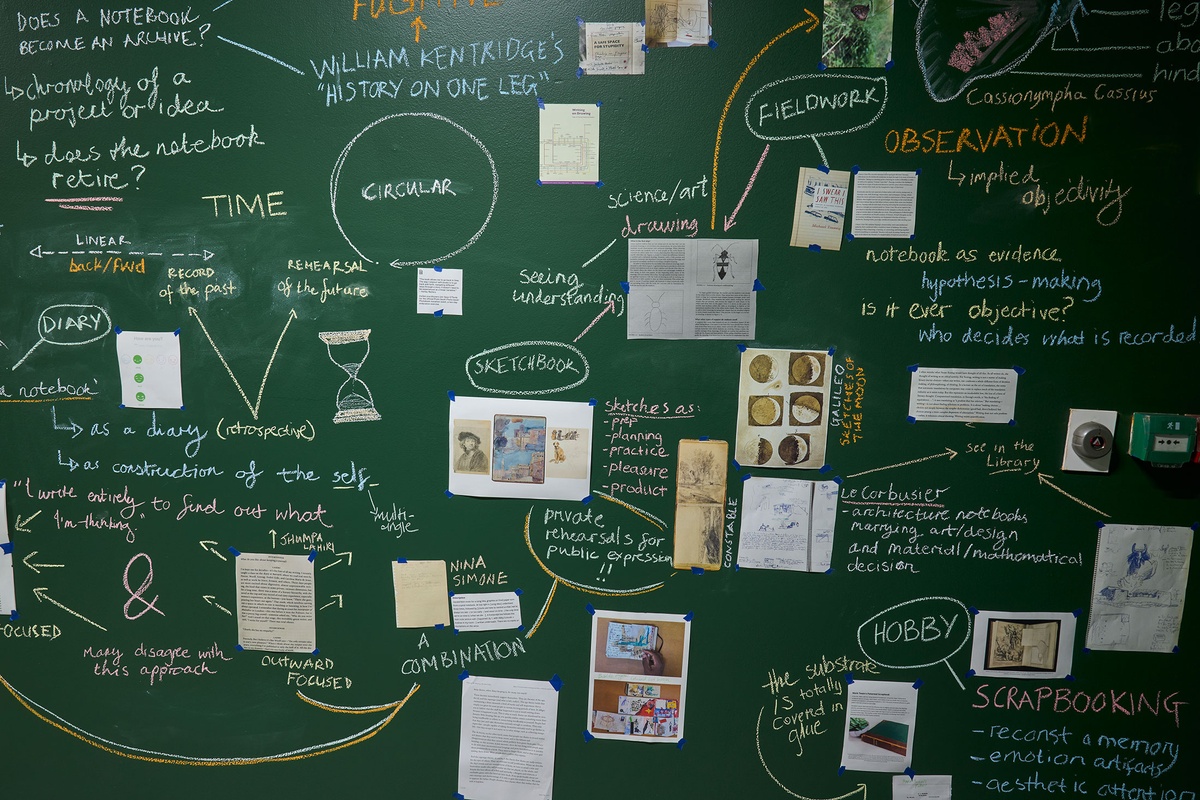
Similarly, Social – an open-call archive of posters, physical and digital flyers, installation photographs, exhibition texts, and zines made in support of artist initiatives in Cape Town – found a visual expression in Goods. Wheatpasted to the wall, facsimiles of this ephemera traced a recent history and social cartography of the local art scene.
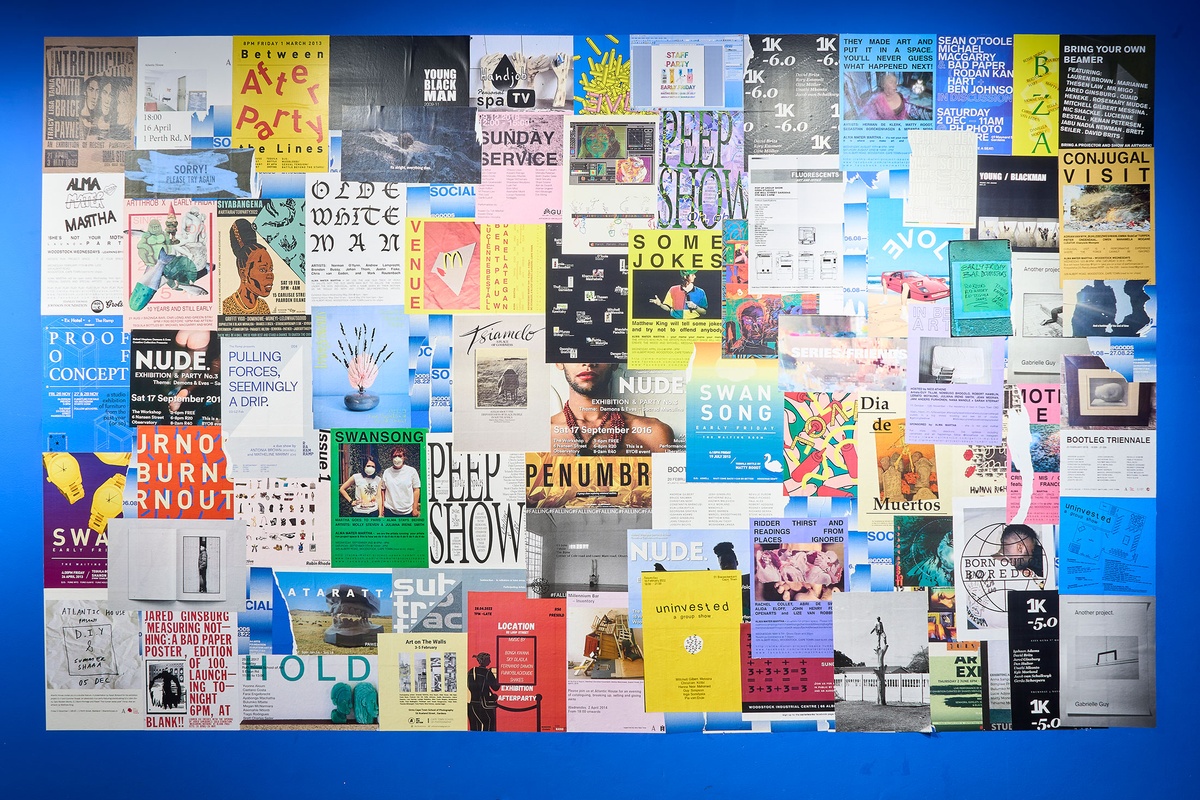
That research towards an exhibition can be experienced spatially allows curators to preempt and solve for form, much like Sean O'Toole's rehearsals towards Photo book! Photo-book! Photobook!. Other examples include Nkhensani Mkhari's presentation of mode(l) in Goods, which anticipated Model in the Reading Room.
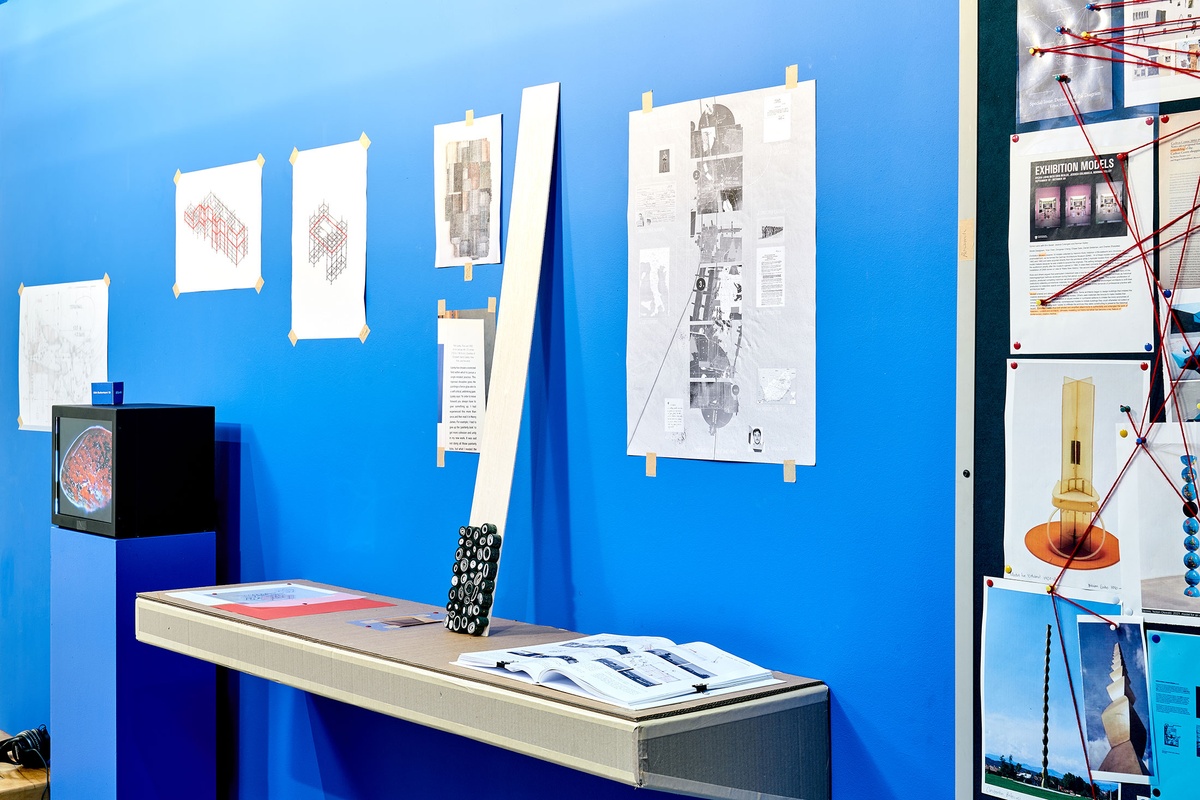
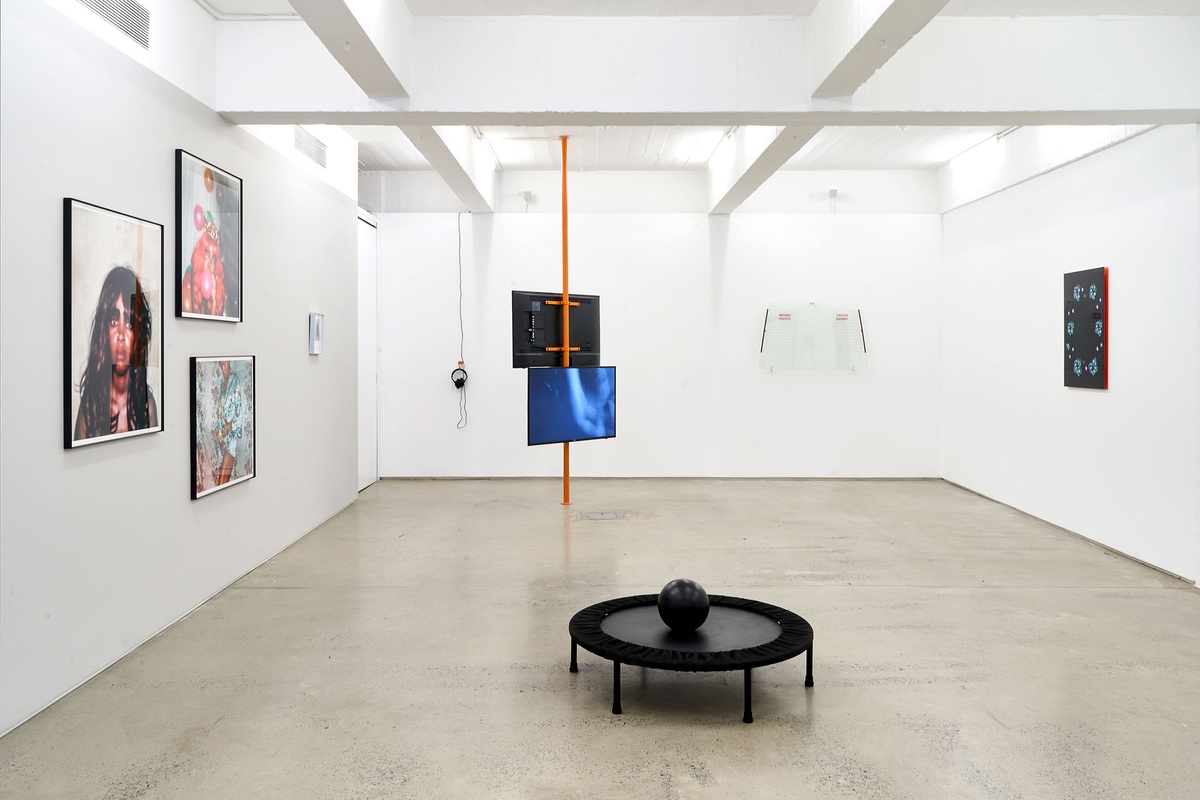
Not all exhibition-related projects aspire to a final presentation but instead persist as prototypes. Such was Mitchell Gilbert Messina's residency in the Reading Room titled Things That Move, which explored the potentials (and potential limitations) of exhibiting kinetic art at scale.
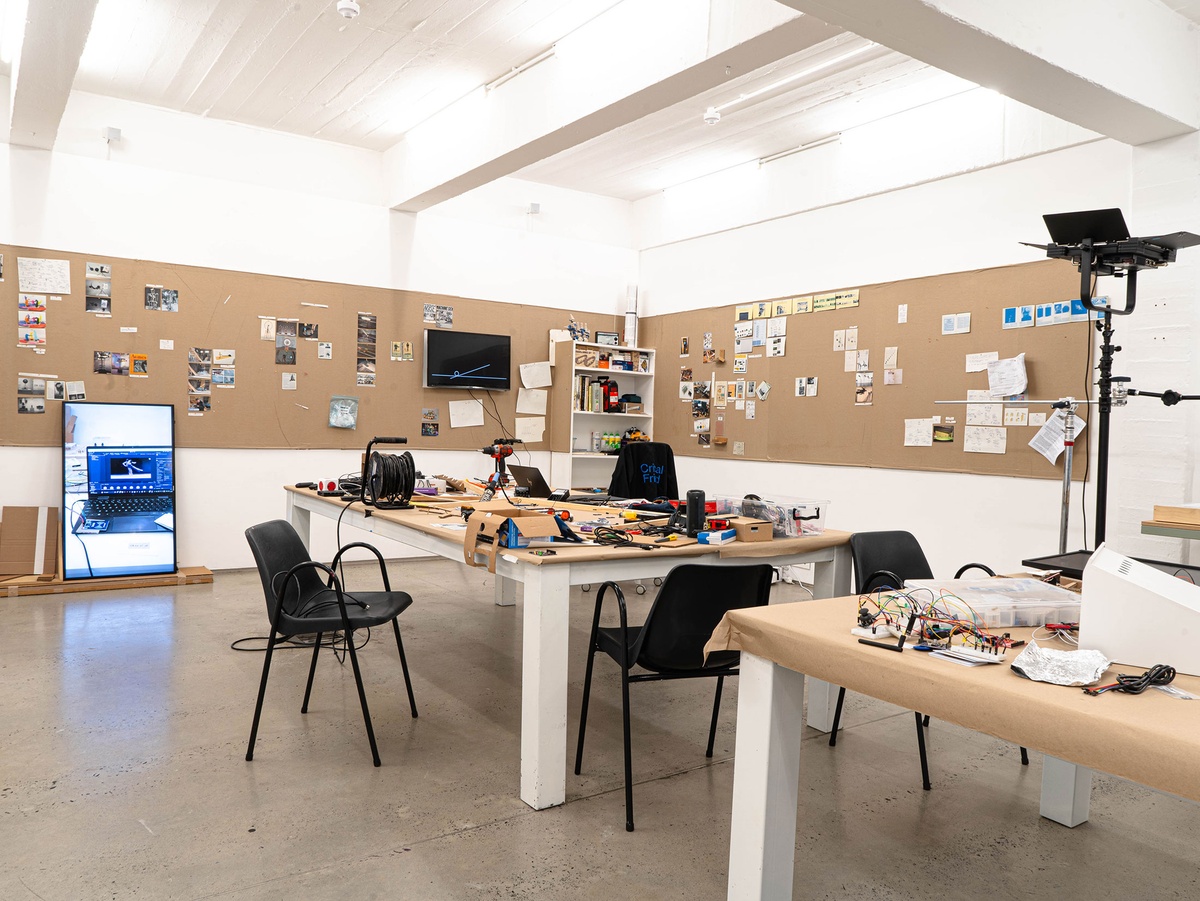
At A4, the spatialising of ideas follows different registers and modes. Some of these projects are ambitiously complex; others are refined to the simplest of gestures. Still more exist between these two poles in their demands on time, space and attention.
The most sprawling of these is Mikhael Subotzky and Patrick Waterhouse's Ponte City book towers, a durational, episodic project that has since 2023 necessitated the unpacking and repacking of their archive, material tests, iterations of form, and the development of strategies of towards future educational engagements.
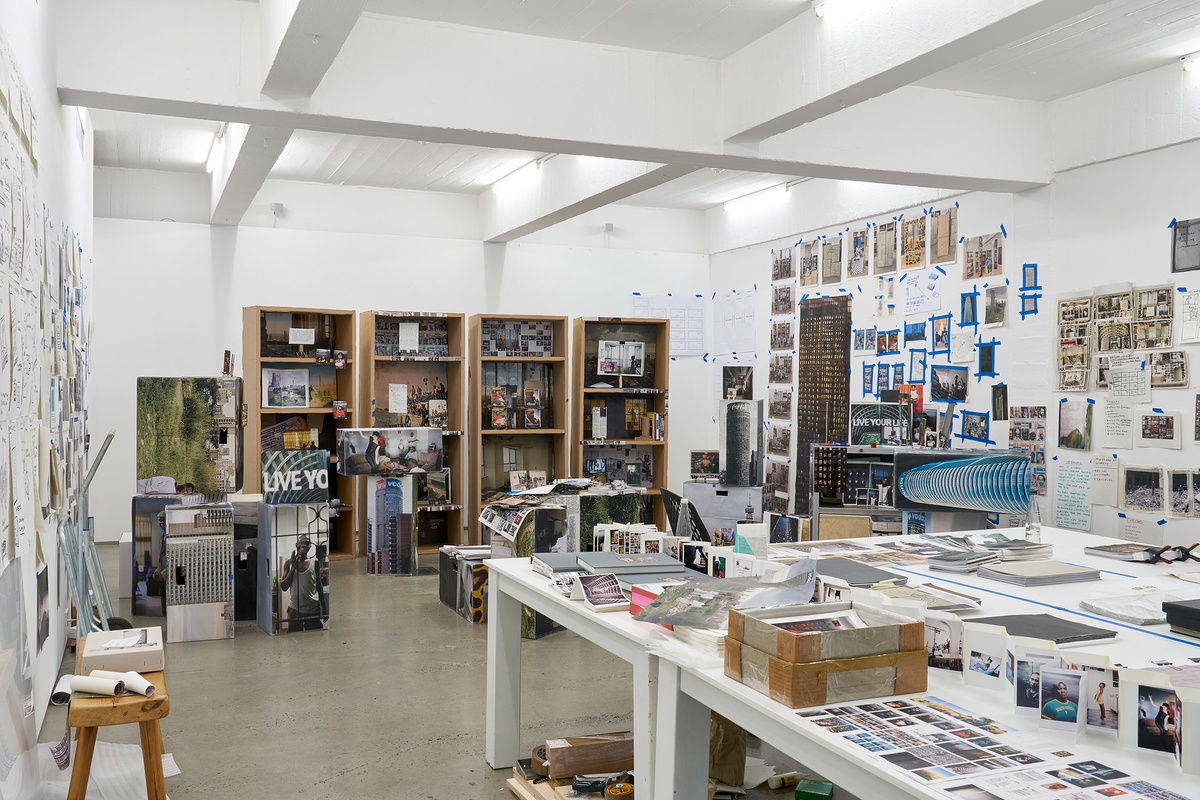
The most pared-back might be George Mahashe's Camera Obscura #3, which recast the interior of A4's then-unrenovated building into a projection screen, the brick-and-mortar structure performing as photographic apparatus and mind's eye.
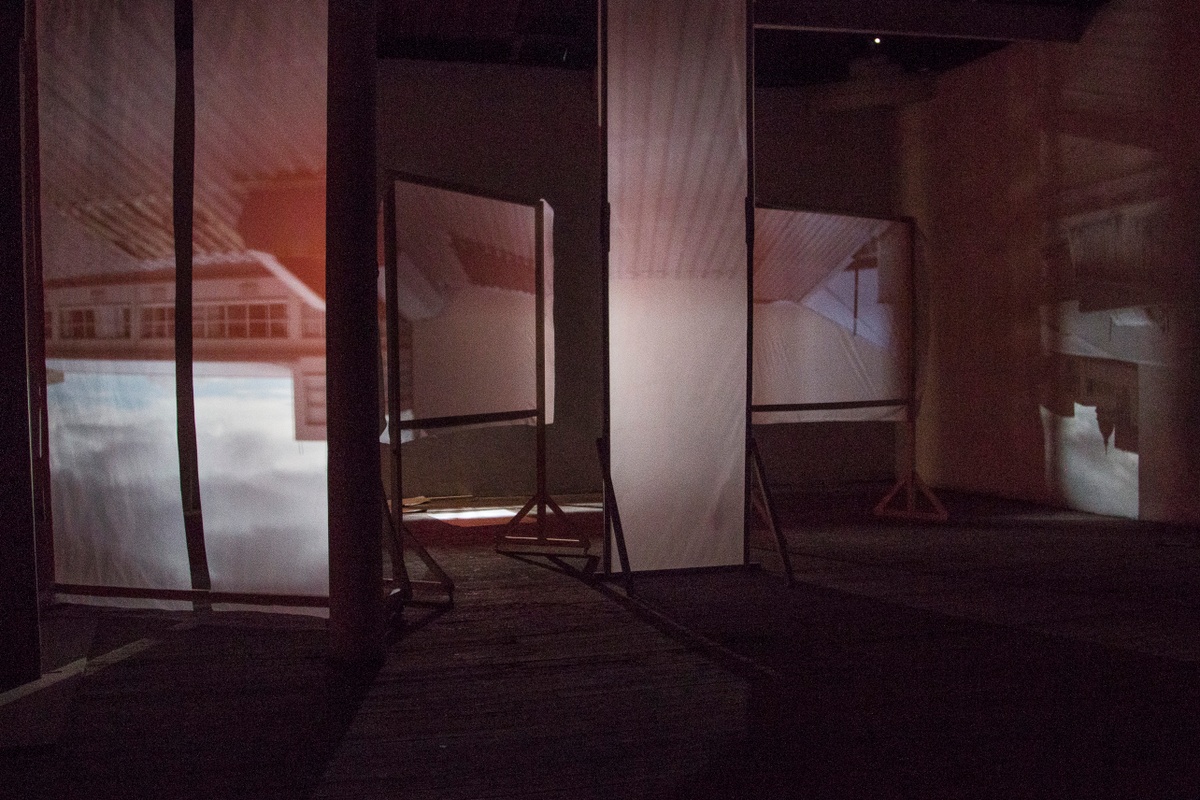
Tactile thinking, working in view of others, physically moving between coordinates, lending research dimensional form – these are among the many opportunities afforded by spatialising of ideas. But perhaps, most importantly, they make otherwise obscure processes visible, offering audiences insight into the provisionality, experimentation and productive uncertainty essential to creative practice.